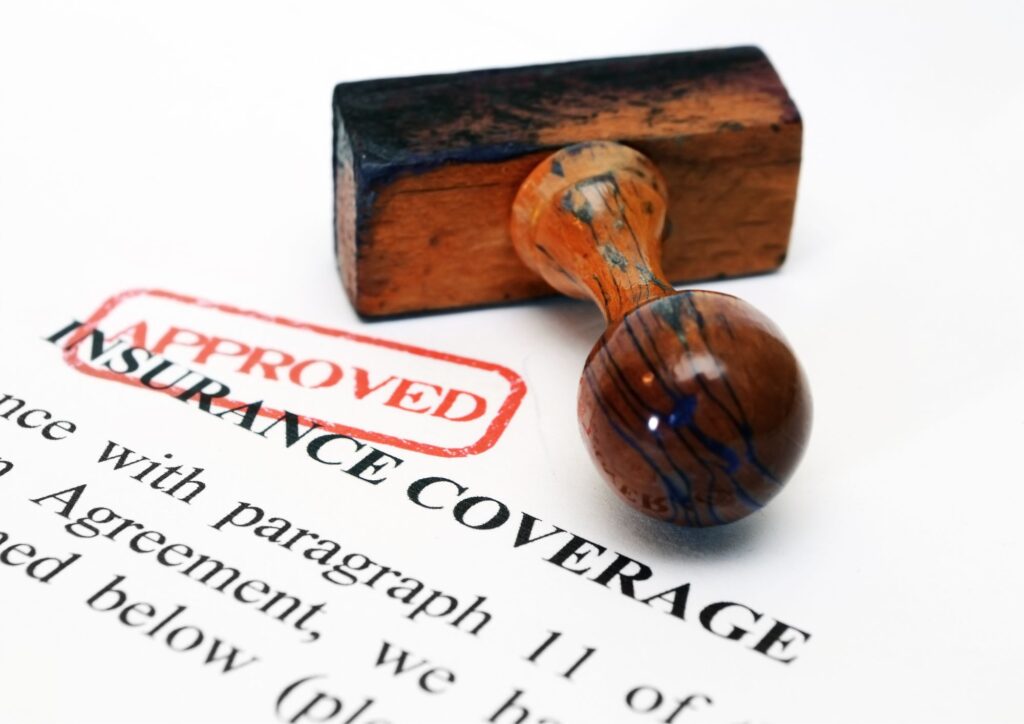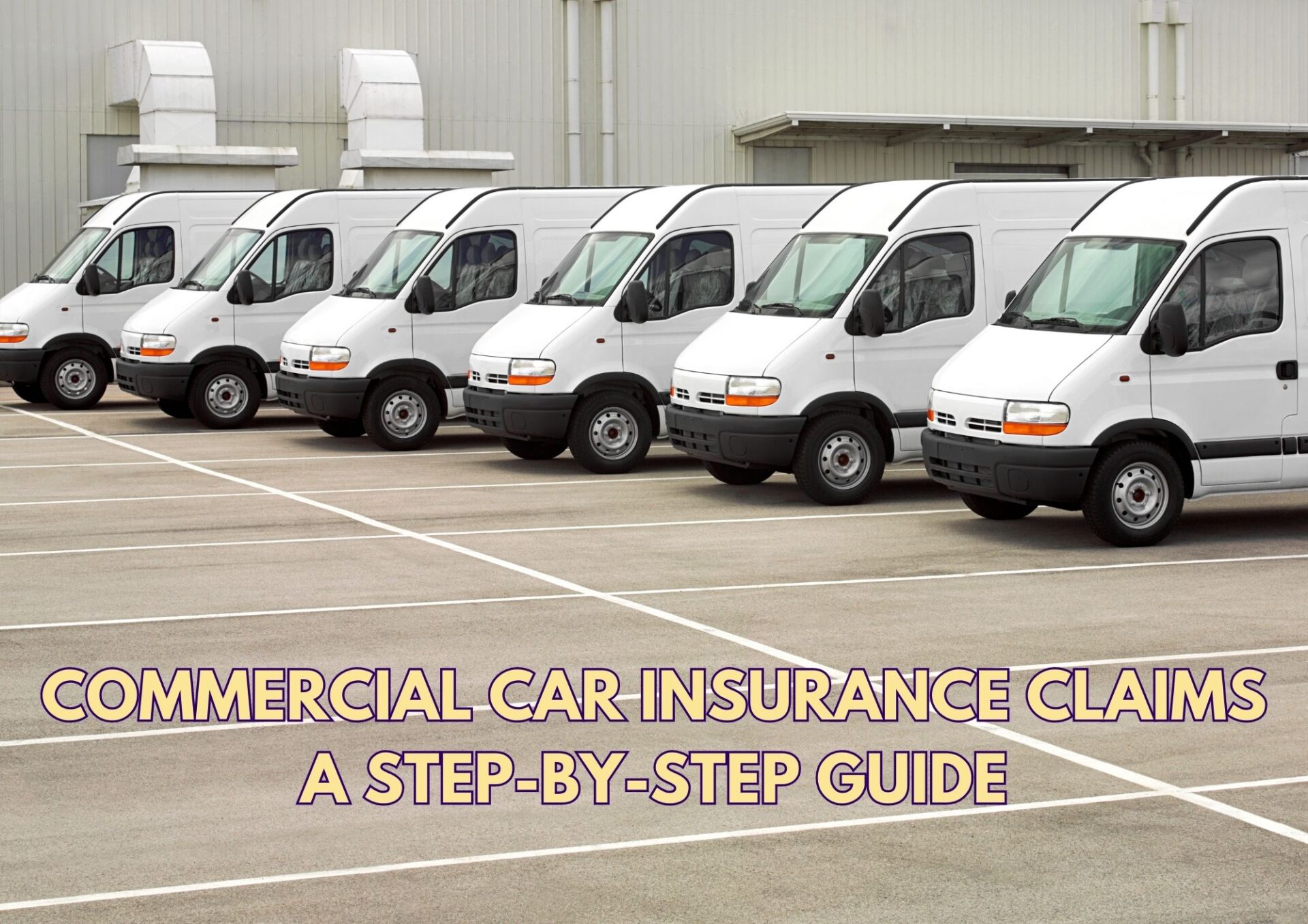For any business that owns commercial vehicles, understanding the basics of commercial car insurance and the claims process is important. Having the right coverage can help protect your company in the event of an accident. In this blog post, we’ll provide a step-by-step guide to filing a commercial car insurance claim. From understanding your coverage to filing the claim. We’ll cover everything you need to know to ensure you have the right protection when you need it.
What is Commercial Car Insurance?
Are you a business owner looking to protect yourself and your vehicles with commercial car insurance? If so, you’ve come to the right place.
First and foremost, it’s important to understand that commercial car insurance is designed specifically for businesses. Businesses that use vehicles as part of their operations. It is tailored to cover the unique needs associated with operating business vehicles, such as delivery trucks or transportation services. Generally speaking, these policies offer more coverage than personal auto policies and may include features. Such as liability protection, physical damage coverage, medical payments coverage, uninsured/underinsured motorist coverage, and rental reimbursement.
When deciding on an appropriate level of protection for your business vehicles, it’s important to consider all potential risks associated with their use. Such as accidents or theft. The best way to do this is by comparing policies from multiple insurers. In order to find the best coverage for your specific needs at an affordable price. Additionally, be sure you are aware of any applicable state laws regarding commercial auto insurance. In order to ensure all legal requirements are met when selecting an insurer.
Once you have purchased a policy, it’s important that you understand how to properly file a claim should an incident occur involving one of your business vehicles. This process typically involves contacting your insurer directly in order to provide detailed information regarding the incident, including timeframe, photos if available, police reports, etc. Additionally, there may be common questions posed by the insurer during this process, which can include information related to vehicle maintenance, driver history, etc.
Protecting Your Business and Employees with Commercial Car Insurance
Commercial car insurance is a vital part of any business, providing coverage for company vehicles and employees. It is important to understand the details of your commercial auto insurance policy and how to file a claim if needed.
First, let’s look at what commercial car insurance covers. Generally, it provides coverage for vehicles owned by businesses or leased for business use. Depending on the policy and provider, coverage may include liability protection against bodily injury or property damage caused by accidents involving company cars, physical damage protection in case of an accident, medical payments, as well as uninsured/underinsured motorist protection if you are hit by someone without adequate coverage.
When filing a commercial auto insurance claim after an accident involving company cars, there are certain steps that must be taken. Firstly, contact your insurer and provide them with all relevant information such as the date/time/location of the incident, names of drivers involved, description of damages sustained, and any police report numbers associated with the incident. Additionally, it is important to understand that deductibles apply when making claims. This means that after submitting all documentation related to the incident, you may be required to pay out-of-pocket upfront before receiving reimbursement from your insurer according to the terms outlined in your policy document.
Finally, it is important to understand how having proper commercial car insurance can protect both businesses and their employees from unforeseen events like accidents. It pays off in peace of mind knowing that should something happen while driving company vehicles. There is some level of financial security provided through these policies. With this knowledge, one can navigate the claims process quickly and efficiently while awaiting reimbursement from their insurers.
Understanding Your Coverage
Filing a commercial car insurance claim can be daunting, but understanding your coverage is crucial for maximum reimbursement. Here’s a step-by-step guide:

1. Understand your policy limits and coverage to calculate the total damages you’re entitled to receive. Consider deductibles and fees when doing so.
2. Document all accident damages and submit photos or videos as evidence to your insurers, if possible. Keep repair invoices for reimbursement claims.
3. Submit all evidence and required paperwork to your insurer, coordinating with adjusters on both sides for efficient settlement negotiations.
4. Once an agreement is reached, submit a formal claim for reimbursement. Your insurer will review it based on the coverage details outlined in the policy agreement.
5. Be prepared, research different policies, and know who to contact in case of difficulties.
Remember to keep records and maintain contact throughout the process.
Filing a Claim on a Commercial Vehicle
Filing a commercial car insurance claim can be daunting for business owners, but with the right knowledge, it doesn’t have to be. Knowing how to identify the correct paperwork and coverages needed for commercial car insurance, as well as understanding the differences between personal and commercial vehicle policies, can make filing a claim easier. Here’s a step-by-step guide to help you get started:

1. Contact your insurance provider as soon as possible after an incident. Provide all relevant details, including the date, time, and location of the incident, so they can begin processing your claim right away.
2. Gather detailed documents such as police reports, damage estimates, and repair bills to support the claims process. Provide these documents to your insurer in a timely manner for accurate assessment and quick payment processing.
3. Schedule an appointment for an adjuster to inspect the damage in person if necessary. Provide access codes or keys when requested by your insurer or adjuster company representative who will assess the damages caused by an accident involving one of your company vehicles before any settlement is made on your behalf or on behalf of another party involved in the incident.
4. Keep track of all communication with your insurer throughout the process. Write down notes during conversations to avoid confusion later and provide accurate and detailed answers to any questions about the incident.
5. Finally, review all documentation before signing off on agreement terms provided in the final document packet sent by the attorneys or claims specialist teams involved. Ensure accuracy and prevent misunderstandings by understanding state law requirements related to the case.
Also Read Is Ensure Milk Right for You? Understanding Its Nutritional Value
To Conclude
Commercial car insurance is an essential part of protecting your business and employees. Knowing the details of your policy, understanding the differences between personal and commercial policies, and being prepared to file a claim when necessary can help ensure the best possible outcome. With this knowledge, you can navigate the claims process quickly and efficiently while awaiting reimbursement from your insurer. Taking proactive steps to reduce premiums, such as staying current with payments and maintaining records of vehicle maintenance, can also help keep costs low. Now that you understand the basics of commercial car insurance claims, it’s time to take action – contact a reputable insurer today to find out how they can provide you with the best coverage for your business needs!








